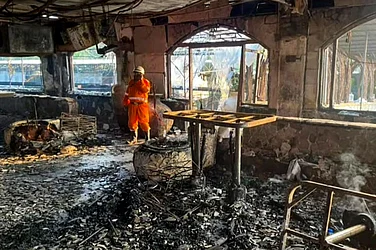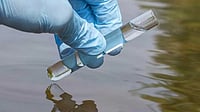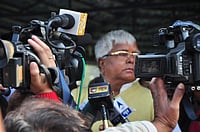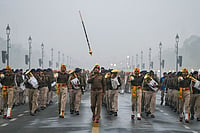The concentration of several nuclear installations at Kalpakkam since 1971 only compounds the problems in an area that is already prone to high degrees of background radiation, a natural phenomenon. Though cancer is a more commonly known affliction, one rare but established fallout of high exposure to radiation is the incidence of polydactyly—the growth of an additional finger in the hands or feet of newborns. The other known reasons for it are consanguineous marriage (blood relatives marrying) and genetic predisposition. A random survey undertaken by V. Pugazhendhi and R. Ramesh of Doctors for Safe Environment (DOSE) along a 16-km zone around Kalpakkam revealed 12 cases of polydactyly among children aged one to 15 years born of non-consanguineous marriages and without parental history. The figure is 22 if those up to 20 years are included. Hard empirical data is difficult to come by as no formal study on the effects of radioactivity in the area has ever been undertaken. Therefore, no assessment exists of the risk to the general populace.
Says Ramesh, "Polydactyly and other malformations are usually associated with the exposure of the foetus to radiation." Scientific studies have revealed that after the Chernobyl disaster in 1986, the incidence of birth defects increased by 50 per cent in lightly and moderately contaminated zones, and by 83 per cent in heavily contaminated zones. The number of children born with polydactyly to Belarus mothers was alarmingly high due to radioactive Caesium 137. A survey in five villages within 10 km of the Rawatbhata nuclear power plant in Rajasthan showed increased congenital deformities.
And there are signs of this trend already taking hold in certain pockets around Kalpakkam. In Oyyalikuppam of the Sadras area, 18-month-old Mohammed Younus gets beaten by his father Ismail because he refuses to eat with his right hand. Says mother Rahmat Bi: "He can't lift anything with his right hand where a sixth finger has sprouted along the thumb." Fifteen-year-old S. Ravi, resident of Sadras Kuppam, 4 km from the Madras Atomic Power Station main gate, squats to display six toes in each of his legs, while three-year-old Muthulachmi of the same fishing slum has a little extra finger dangling out of her right hand.
The DOSE survey around Kalpakkam, which obviously only skims the surface, stresses the need for a thorough study of the area to establish the connection between nuclear radiation—through discharge of radioactive waste into the sea and air—and the incidence of various cancers, thyroid problems and polydactyly.
Radiation On Fingertips
Deformities, like polydactyly, are rampant in newborns at Kalpakkam

Radiation On Fingertips
Radiation On Fingertips
Published At:
MOST POPULAR
WATCH
MORE FROM THE AUTHOR
×





















